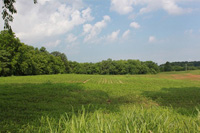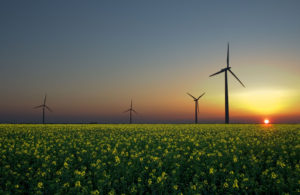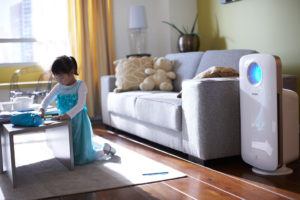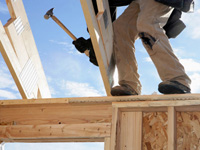Home / Services / Leed for Home
The Camden Experience
The environmental impact of the residential sector is significant. There are more than 120 million homes in the United States, and 2 million new homes constructed each year. According to the U.S. Department of Energy, residences account for 22% of the total energy consumed in the nation and 74% of the water. Levels of indoor air pollutants can often be four to five times higher than outdoor levels. Residences also contribute 21% of U.S. carbon dioxide emissions. The considerable impact on the environment created by homes necessitates a shift toward more sustainable residences.

Sites
Site design should consider not only the aesthetic and functional preferences of the occupants but also long-term management needs, preservation priciples, and potential impacts on local and regional ecosystems.

Water
New homes that use water efficiency have lower water use fees and reduced sewage volumes. Many water conservation strategies involve either no additional cost or short-term paybacks, whereas other strategies, such as rainwater harvesting and graywater plumbing systems, often involve substantial investment.

Energy
Building green homes is one of the best strategies for meeting the challenge of climate change because the technology to make substantial reductions in energy and carbon dioxide emissions already exists. The average certified LEED home uses 30%-40% less electricity and saves more than 100 metric tons of carbon dioxide emissions over its lifetime.

Indoor Air Quality
Over the past 20 years, research and experience have improved our understanding of what is involoved in attaining high indoor environmental quality and revealed manufacturing and construction practices that can prevent problems from arising. Preventing indoor air quality problems is generally much less expensive than identifying and solving them after they occur.

Materials
Sources should be evaluated when materials are selected for a project. Reclaimed materials can be substituted for new materials, reducing costs and resource use. Recycled-content materials make use of material that would otherwise be deposited in landfills. Use of local materials supports the local economy and reduces the harmful impacts of long-distance transport.
What is LEED?
LEED is an internationally recognized green building certification program, providing third-party verification that a building or community was designed and built using strategies aimed at improving performance, increasing energy savings, water efficiency, and carbon emissions reduction, stewardship of resources and sensitivity to their impacts, and improving indoor environmental quality.
What is LEED for Homes?
LEED for Homes is a consensus-developed, third party-verified rating system that promotes the design and construction of high-performance green homes. LEED for Homes measures a home’s performance based on eight categories: site selection, water efficiency, materials & resources, energy & atmosphere, indoor environmental quality, location & linkages, awareness & education, and innovation. Within each of these areas, projects earn points toward certification.
Each LEED-certified home undergoes onsite inspections and thorough performance testing to ensure proper performance. LEED for Homes is applicable to single family and multifamily homes and is intended for both market-rate and affordable housing.
Why Build a LEED Certified Home?
LEED certification recognizes and celebrates leadership in green homebuilding. For the homebuyer, LEED is like the nutrition label that demonstrates in measurable terms that a home incorporates efficient techniques and features, and that the final product has been third party-verified and performance tested.
